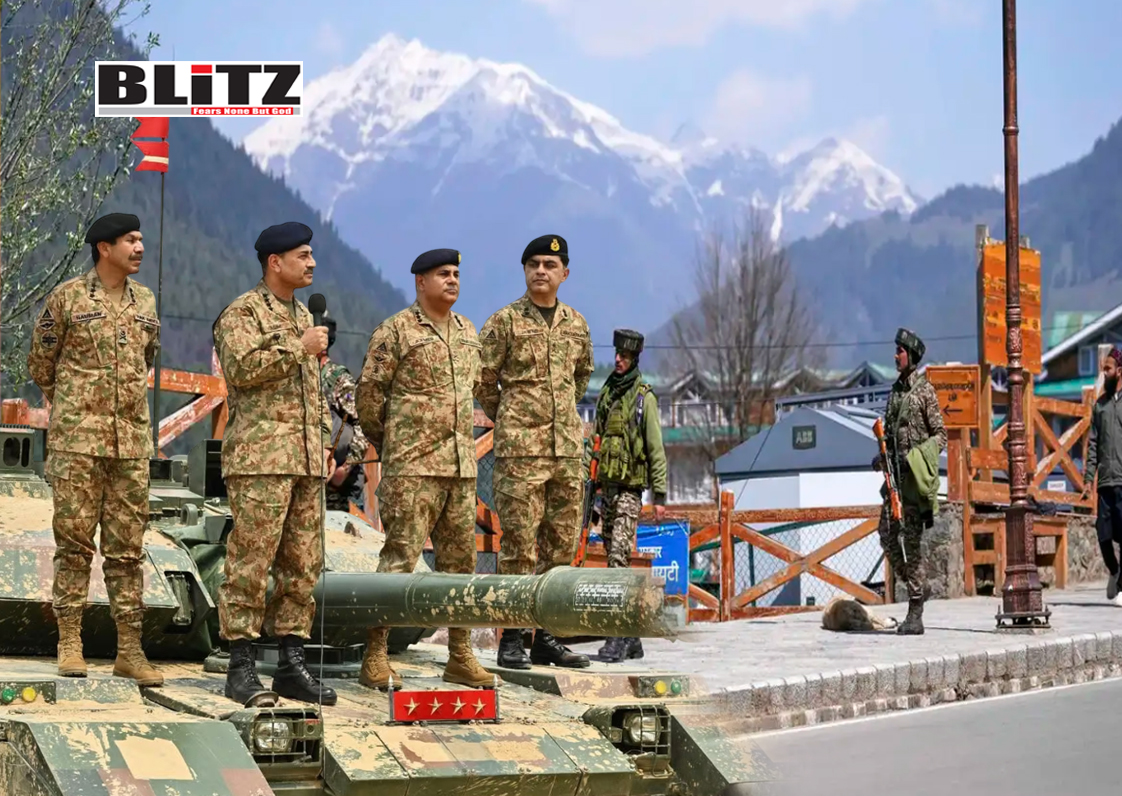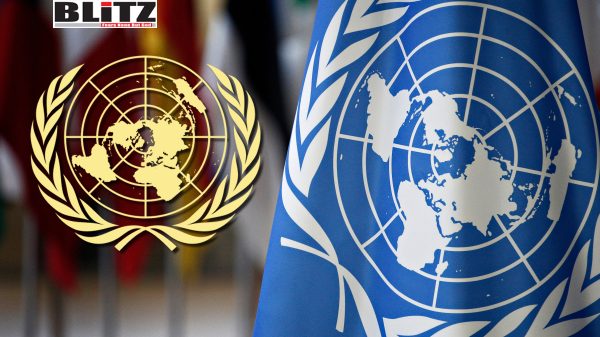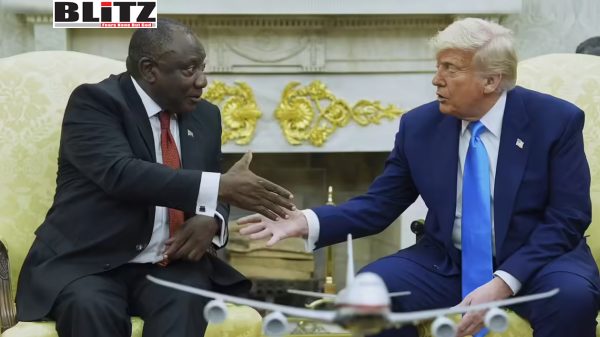Crisis of legitimacy: Pakistan Army’s Pahalgam gamble exposes domestic fractures
In the aftermath of the Pahalgam massacre, the fingerprints of Pakistan’s proxy militant infrastructure were all but unmistakable. For decades, the military establishment in Rawalpindi has relied on asymmetric warfare through its proxy militant networks to provoke India while shielding itself behind the veneer of plausible deniability. The latest attack in Jammu and Kashmir’s Pahalgam on April 22, killing 26 civilians, followed a familiar script—designed not only to stir unrest in the region but also to bait an Indian response that could be leveraged for domestic political consolidation.
But this time, the playbook seems to be unravelling.
The Pakistan Army, under the leadership of General Asim Munir, seemed to have calculated an anticipated Indian retaliation with such a provocation that could be choreographed into a nationalistic rallying cry in its aftermath. Such manufactured moments of crisis have historically served the military’s purpose of reasserting its primacy in the country’s political and national security discourse. However, the socio-political terrain of Pakistan today is no longer the same as it was during previous confrontations.
India did respond to the Pahalgam attack with a calibrated military operation. On the night of May 7, under Operation SINDOOR, Indian armed forces targeted the infrastructure of long-operating terrorist groups, including Lashkar-e-Taiba (LeT), Jaish-e-Mohammed (JeM), and Hizbul Mujahideen (HM), across nine places in Punjab and Pakistan-occupied Jammu and Kashmir (PoJK). It was precise, strategic, and aimed at sending a clear signal: India will not tolerate cross-border terrorism and retains the right to act pre-emptively against threats originating from Pakistani soil.
Far from uniting Pakistan behind its army, the attack and subsequent Indian response have only magnified the deep fractures that lie within the country. While the government attempted to stage a performative show of national unity, the absence of solidarity from Pakistan’s historically marginalized ethnic groups has been glaring. Neither the Baloch nor the Pashtun communities—both of whom have long endured the brunt of the military’s repression and counterinsurgency operations—showed any overt inclination to stand with the state or the generals now appealing for unity. Instead, a suicide blast killed seven Pakistan Army soldiers in Balochistan on the very day of Op Sindoor.
At a time when Pakistan has effectively become a ‘Punjabistan’, given the dominant control that Punjab exerts over key state institutions, including the military, as well as disproportionate hold over to national resources, this raises a stark question: in the event of an escalated military confrontation with India, who will fight for Pakistan?
The limits of the “external enemy” narrative
The Pakistan Army has always thrived on the construction of an “external enemy,” most prominently India, to maintain its unrivalled influence over national affairs. Whether in times of political upheaval or economic crises, the spectre of Indian aggression has been cynically deployed to suppress dissent, justify military budgets, and delegitimize civilian political actors. But the effectiveness of this narrative is fading, especially when the legitimacy of the military itself is in question.
The ongoing human rights violations, extrajudicial killings and state-enforced disappearances in Khyber Pakhtunkhwa and Balochistan have damaging the trust people had towards the army. The Baloch insurgency continues to simmer, with growing calls for outright independence, something that was earlier limited to internal autonomy. The Pashtun Tahafuz Movement (PTM) has exposed the military’s brutal tactics in tribal regions, and although the movement is often silenced through intimidation and arrests, its underlying grievances remain potent. Alongside this, the Tehreek-e-Taliban Pakistan (TTP) has also increased the intensity of their armed insurgency, with hundreds of attacks in the last few years.
In such a climate, the attempt to whip up nationalist fervour around an India-Pakistan confrontation appears hollow and self-defeating. The ethnic periphery, long disenfranchised and suppressed, sees little reason to rally behind a state apparatus that has never treated them as equal stakeholders in the Pakistani project.
A calculated Indian doctrine
India, for its part, has signalled a significant shift in its approach to cross-border terrorism. “While earlier responses were largely diplomatic or defensive, India’s actions following the 2016 Uri attack, culminating in the 2019 Balakot airstrikes, marked a shift toward a more proactive and pre-emptive counterterrorism strategy. Now the post-Pahalgam strike under Op SINDOOR is different in both scale and message. New Delhi’s intent is now unambiguous: there will be no tolerance for Pakistani state-sponsored terrorism, and any provocation will invite proportionate, and possibly pre-emptive, military action.
By targeting terror infrastructure and avoiding civilian casualties, India walked a fine line, reflective of its doctrine of minimising collateral damage, to ensure on its part that this response does not spiral into a full-blown war. This strategic restraint while establishing its deterrence arc is designed as a demonstration of maturity and not as a sign of weakness.
What complicates matters for Pakistan is that this shift in Indian posture arrives at a moment of acute internal fragility. Its economy is in tatters, inflation is high, and the IMF continues to hover over its fiscal policy decisions. Politically, the country remains in turmoil following a deeply controversial general election, widely seen as manipulated by the military establishment to sideline populist leader Imran Khan, who remains jailed since 2023. Protests, arrests, and media censorship have become routine. Interestingly when on a day India undertook its cross-border strikes on terror assets, Pakistan Army secured a Supreme Court adjudication that allows it to try the civilians in military courts.
In this context, a military misadventure with India risks not only a humiliating defeat but also a domestic backlash that could irreparably damage the army’s authority.
Escalation without strategy
The temptation for Rawalpindi to escalate, either through additional proxy attacks or border skirmishes, remains high. While it has increased its cross-border shelling targeting civilians, which has killed over a dozen border residents of Jammu and Kashmir, a move of direction escalation would be nothing but deeply unwise. “By now, it should be clear to Pakistan just how vulnerable it remains, especially after India followed up with a coordinated drone strike across nearly nine cities, including the neutralization of an air defence system in Lahore on May 8, in response to attempted attacks by Pakistan’s armed forces on Indian military installations in the Northern and Western sectors.
For one, the geopolitical climate is no longer conducive to Pakistan’s old strategy of continuing to use terrorism as statecraft. The Financial Action Task Force (FATF), though it removed Pakistan from its grey list in 2022, remains watchful and it should be seen as a forgone conclusion that this continued patronisation of terror groups will put it back as a nation of terror sponsors.
The international opinion following Pahalgam massacre which was condemned globally, with major powers acknowledging India’s right to defend itself from such terror elements, is an eye opener to that end, bringing swift international condemnation and furthering its diplomatic isolation. Pakistan’s Gulf allies, increasingly aligned with India on economic and strategic fronts, are unlikely to bail it out in the event of another full-scale crisis. Their post-Pahalgam opinion is a testament of this reality.
Moreover, China, Pakistan’s all-weather friend, has grown weary of instability. The China-Pakistan Economic Corridor (CPEC), once hailed as a transformative initiative, has stalled due to security concerns in Balochistan and beyond.
Beijing is unlikely to support any adventurism that could jeopardize its investments despite some of the Chinese strategic hawks seeking China’s declare its commitment to defend Pakistan sovereignty in any eventuality.
Thus, escalation without a clearly defined strategic goal would amount to national self-sabotage. The army must instead reckon with its internal legitimacy crisis, reassess its use of proxies, and confront the reality that its traditional levers of control are weakening.
A moment of reckoning
The fallout from the Pahalgam massacre and now Operation Sindoor marks a turning point, not only in Indo-Pak relations, which remain perennially fraught, but also in Pakistan’s internal balance of power. The military’s attempt to engineer a patriotic revival through orchestrated conflict seems to be backfiring, revealing a brittle state hollowed out by decades of ethnic suppression, institutional decay, and mis governance.
What Pakistan needs is not another external confrontation but an honest reckoning with its domestic contradictions. It must initiate a political process that includes, rather than marginalizes, its ethnic peripheries. It must reorient its security doctrine away from India-centric paranoia toward genuine internal stability. And above all, it must curb the military’s ability to unilaterally dictate the nation’s trajectory through violence and manipulation.
Until then, the question will continue to haunt Rawalpindi’s corridors of power: if not the Baloch, not the Pashtuns, not even the disillusioned urban middle classes—then who will fight for Pakistan?
Please follow Blitz on Google News Channel
Arun Anand is an author and columnist who has penned more than a dozen books. He contributes columns on geopolitics to leading Indian and international publications and research journals. Follow him on ‘X’
@ArunAnandLive
crisis-of-legitimacy-pakistan-armys-pahalgam-gamble-exposes-domestic-fractures














Leave a Reply